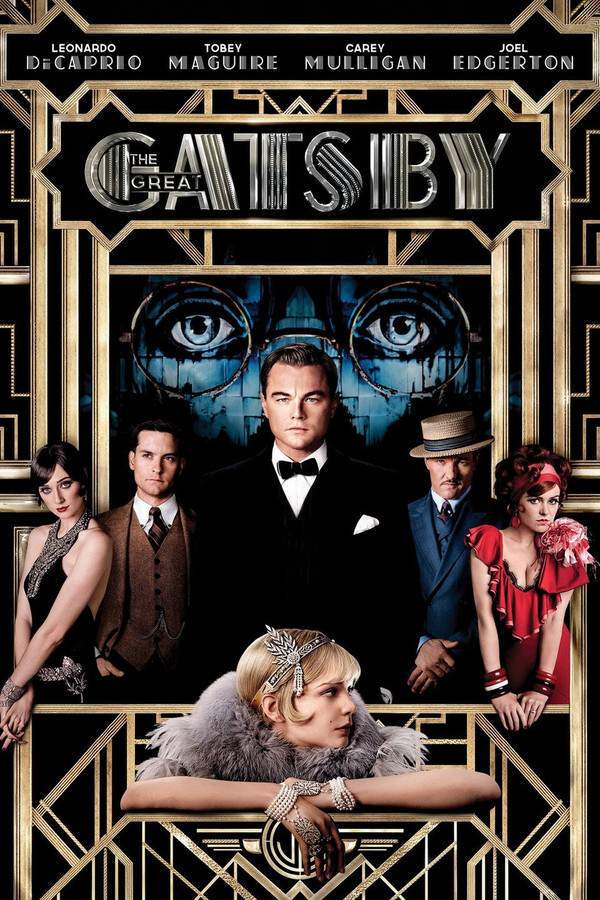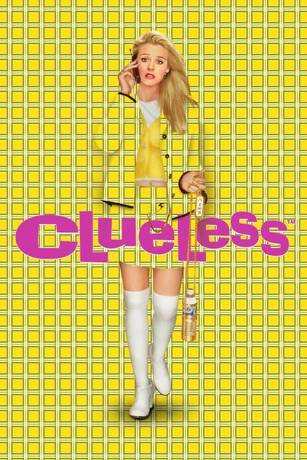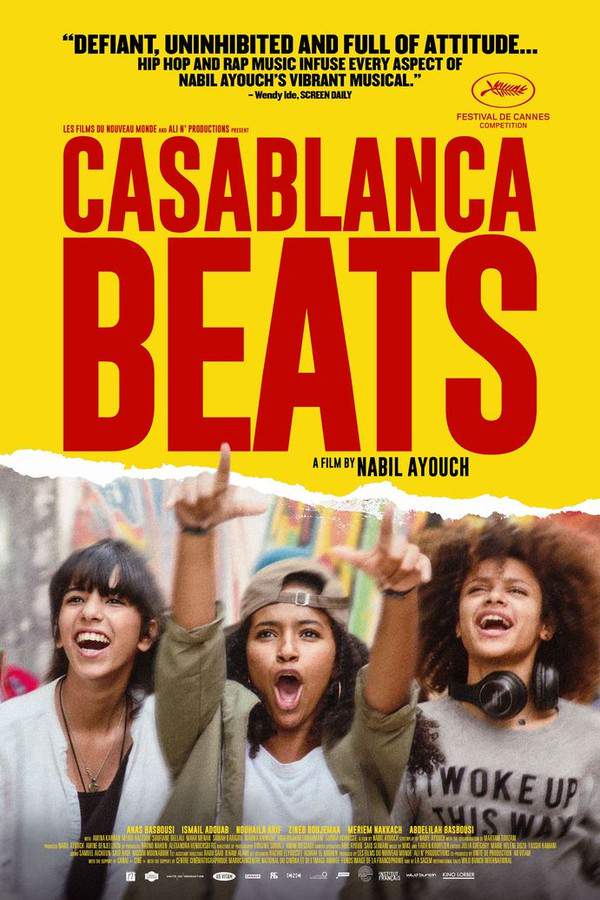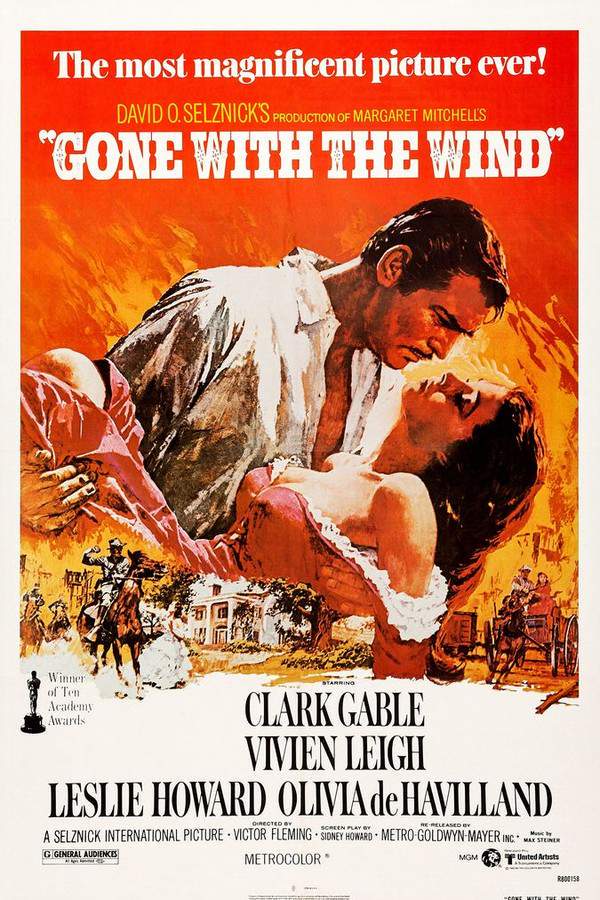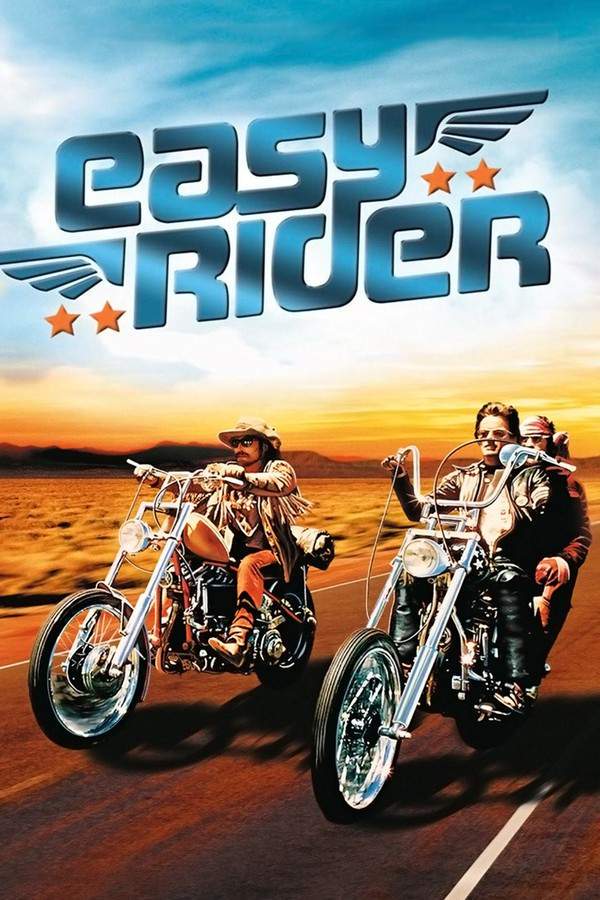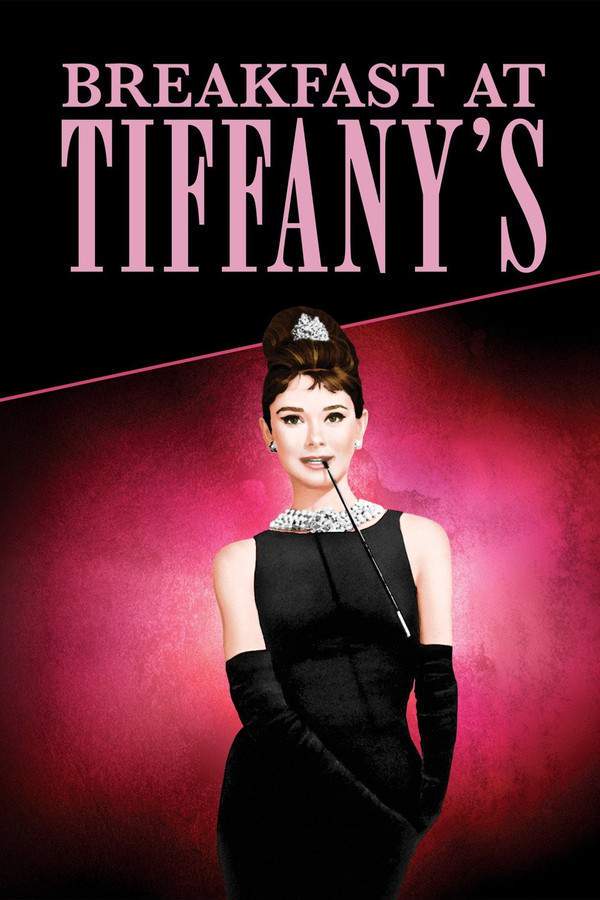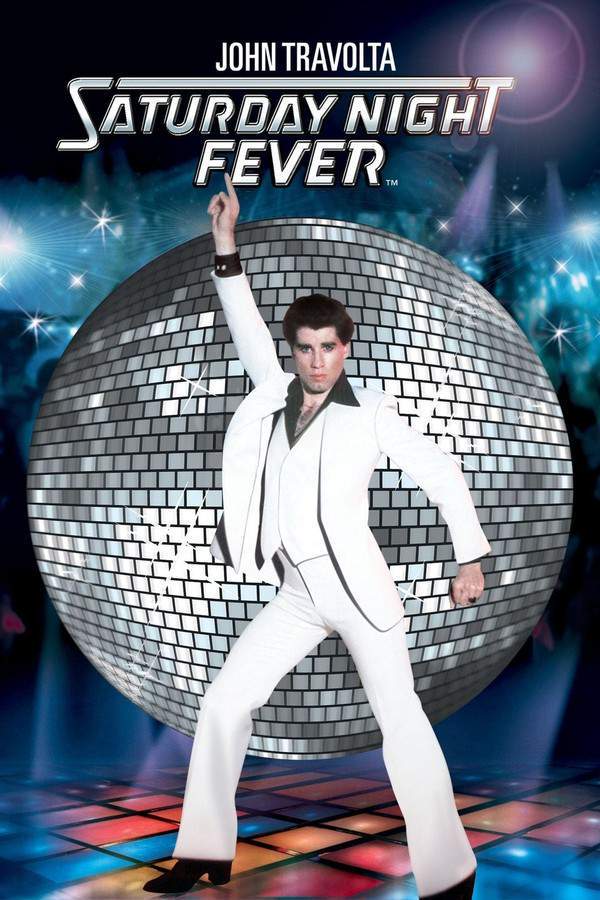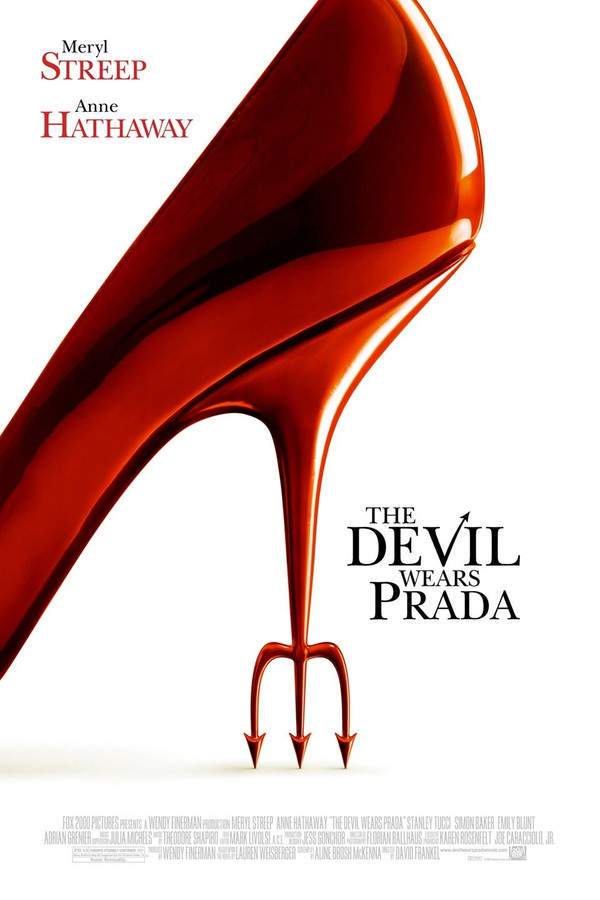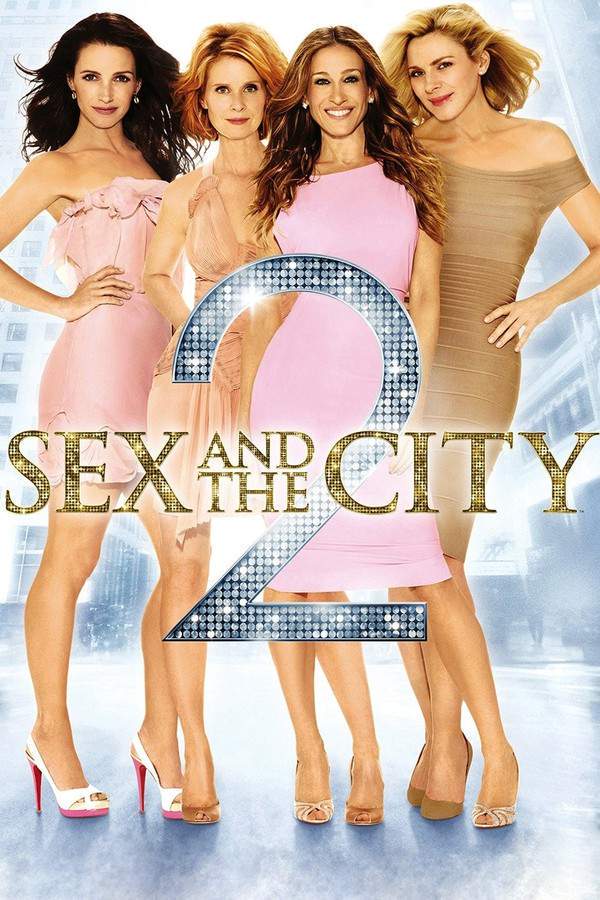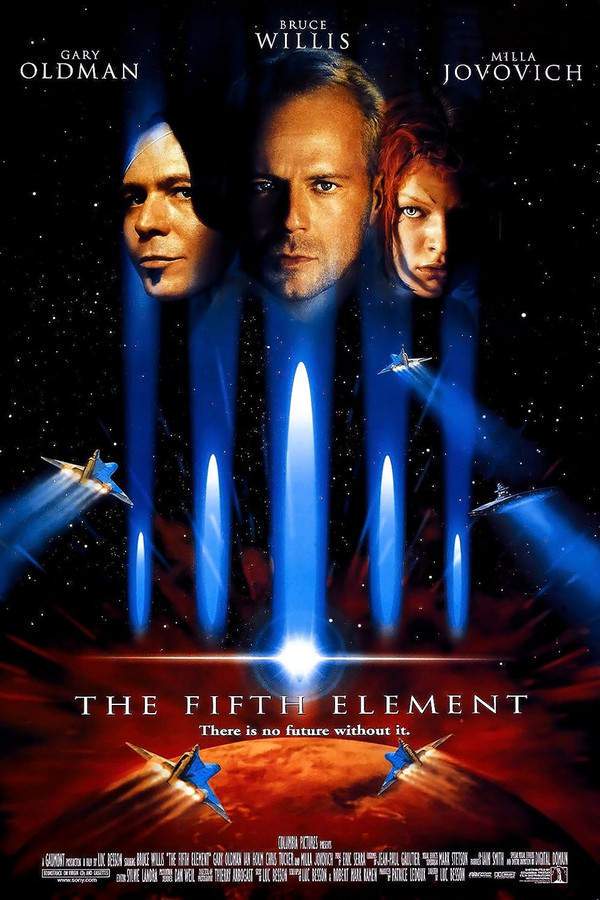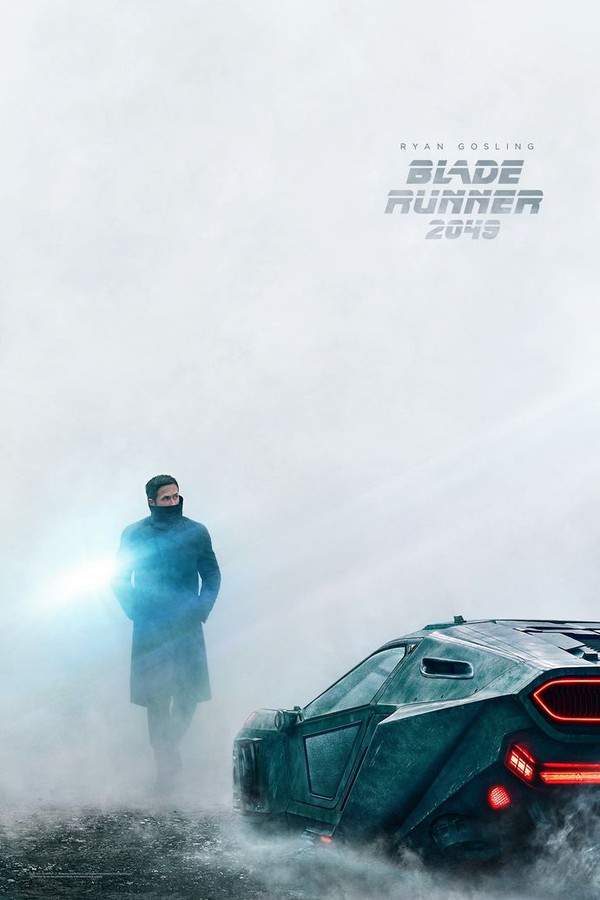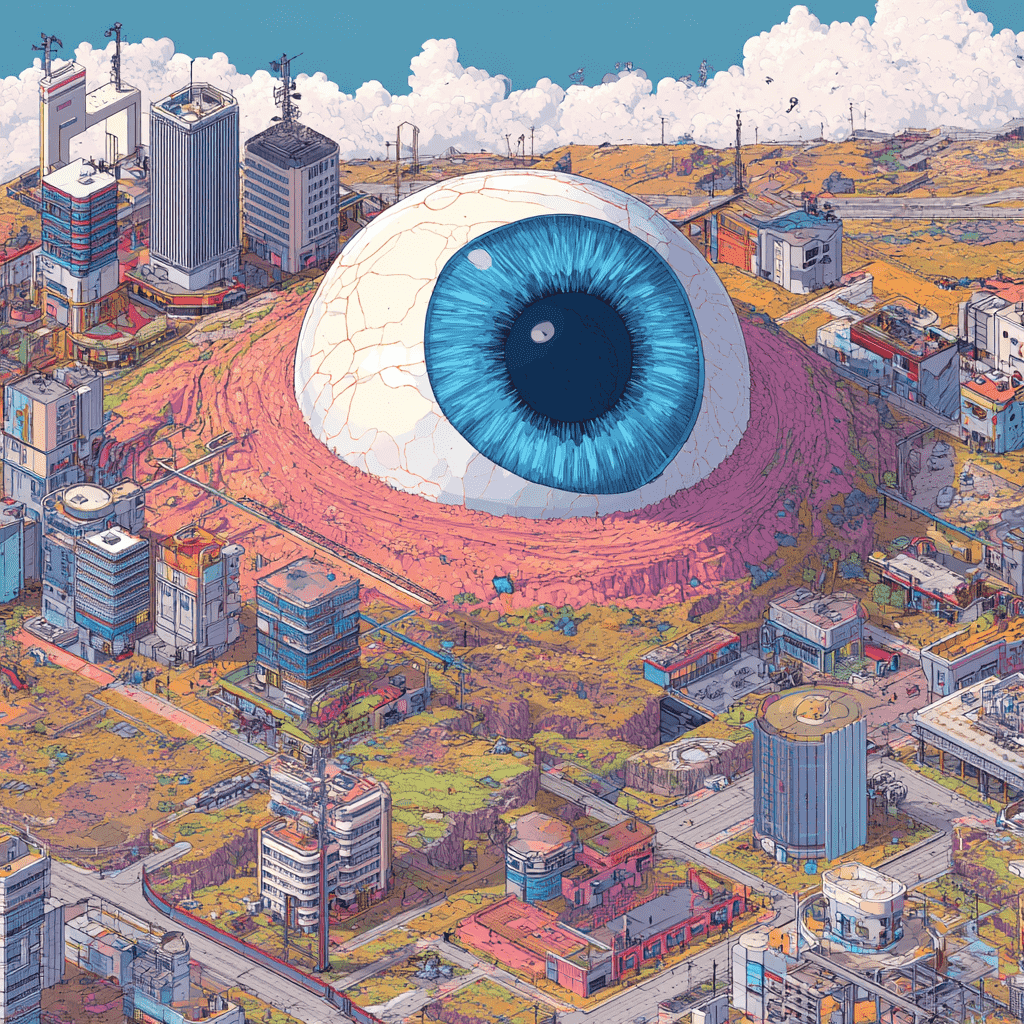What's After the Blog?
Culture • Film Industry
The Influence of Film on Fashion Trends
Explore the dynamic influence of cinema on fashion trends, from iconic Hollywood glamour to contemporary style statements, and how films shape the world of fashion.
June 30, 2024
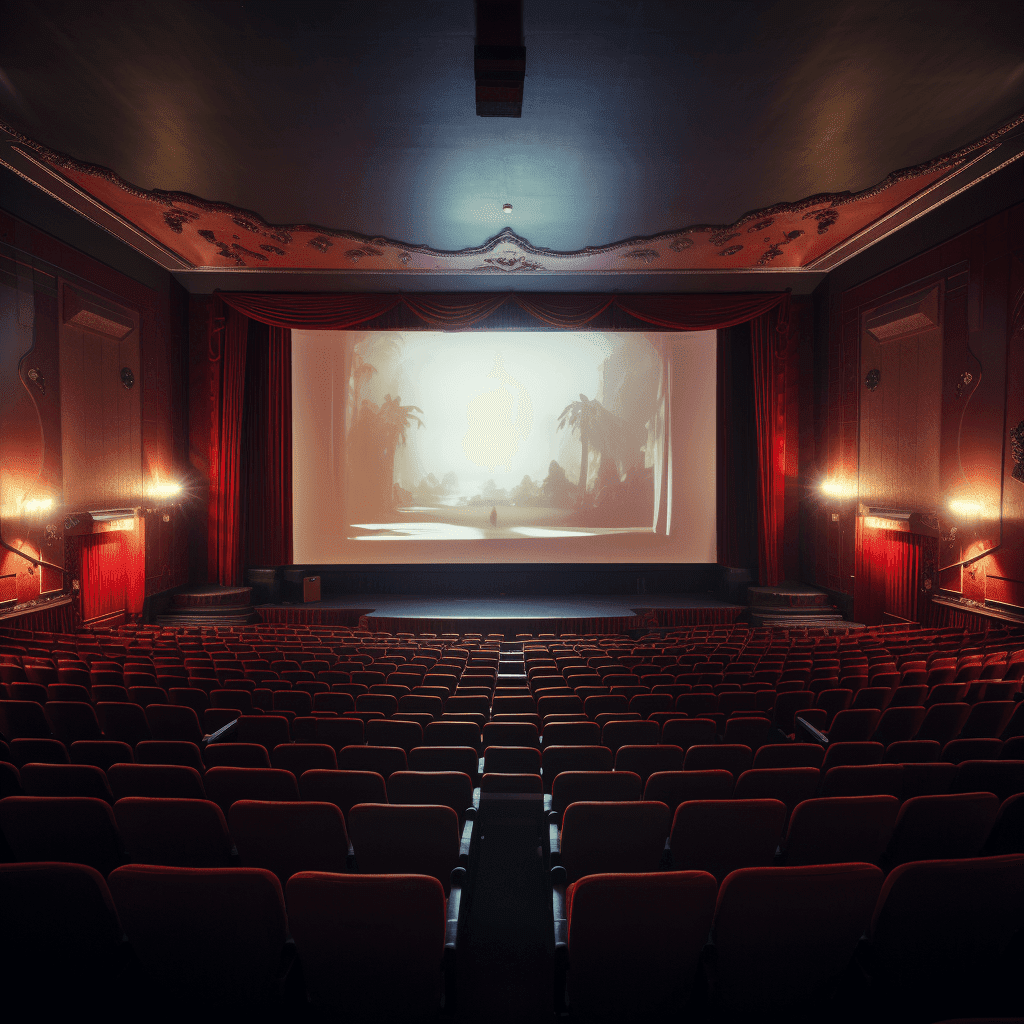
Movies mentioned in this article
The Influence of Film on Fashion Trends
Introduction: Fashion and Film – A Stylish Affair
The world of cinema has always been a trendsetter, influencing various aspects of culture, and fashion is no exception. The relationship between film and fashion is symbiotic and historic, with each industry continually inspiring and reflecting the other. From the silver screen to the streets, the influence of film on fashion trends is undeniable and pervasive. Since the inception of cinema, movies have served as a visual feast, showcasing not only artistic storytelling but also the latest fashion trends, which often become widely popular. The power of film lies in its ability to visually captivate and emotionally connect with audiences, making fashion in films more than just costumes; they become statements, reflecting the mood and style of an era. Films like The Great Gatsby have revived interest in 1920s fashion, while Clueless became a 90s style guide for many. These movies illustrate how film can be a powerful medium in shaping fashion trends, impacting what people wear and how they style themselves.
The Golden Age of Hollywood: Setting Trends
The Golden Age of Hollywood was a pivotal time for fashion in cinema, with movies playing a significant role in influencing public fashion trends. This era saw the rise of movie stars as fashion icons, whose on-screen attire inspired the wardrobes of the masses. Films from the 1940s and 1950s, such as Casablanca and Gone with the Wind, not only captivated audiences with their storytelling but also with their fashion statements, setting trends that were eagerly adopted by fans. The elegant gowns and sharp suits of these films reflected the glamour and sophistication of the time, influencing fashion beyond the screen. The impact of these films on fashion was profound, with designers and clothing manufacturers often replicating styles seen in popular movies, making them accessible to the general public. This era was marked by a synergy between the film industry and the fashion world, as the styles depicted in films were often a reflection of contemporary fashion, and in turn, these films influenced real-world fashion trends. The Golden Age of Hollywood laid the foundation for the ongoing relationship between film and fashion, demonstrating the powerful influence cinema can have on public style and taste.
Rebel Style: The 60s and 70s Film Fashion
The 1960s and 70s were a time of cultural and social revolution, and this was reflected in the fashion trends depicted in films of the era. Movies during these decades captured the spirit of rebellion and freedom, influencing the way people dressed and expressed themselves. The 60s, characterized by bold colors, psychedelic patterns, and shorter hemlines, saw films like Easy Rider not only depicting but also shaping the fashion of the counterculture movement. The characters’ rugged, casual biker attire became emblematic of the era’s rebellious spirit. The 70s continued this trend of influence with films like Annie Hall, where Diane Keaton’s androgynous and eclectic style in the film became a fashion statement, inspiring women to adopt a more unisex and relaxed style of dressing. These films, with their distinctive characters and fashion, played a significant role in defining the style of their respective decades. They captured the zeitgeist, reflecting and influencing how people wanted to look and what they wanted their clothing to say about their identities and beliefs.
The Question of Iconic Costumes: “How have specific film costumes influenced fashion?”
Certain film costumes have transcended the screen to become iconic pieces in the world of fashion. One of the most enduring examples is Audrey Hepburn’s little black dress in Breakfast at Tiffany’s. Designed by Hubert de Givenchy, this simple yet elegant dress became a symbol of chic sophistication and remains a staple in women’s fashion. Another significant impact was made by John Travolta’s white disco suit in Saturday Night Fever, which became synonymous with the 1970s disco culture. This suit not only represented the disco era but also influenced men’s fashion by popularizing the leisure suit. These costumes have the power to define a character and simultaneously capture the imagination of the public, leading to trends that extend far beyond the film’s release. They become part of the cultural lexicon, influencing fashion designers and streetwear for years to come. The legacy of these iconic film costumes lies in their ability to encapsulate the essence of a character while also resonating with audiences, ultimately becoming symbols of the times in which the films were made.
Modern Cinema: Fashion in the New Millennium
The influence of film on fashion has continued into the new millennium, with contemporary movies often setting the latest trends and reviving old ones. Films like The Devil Wears Prada not only provide a behind-the-scenes look at the fashion industry but also showcase a plethora of fashion styles, from runway couture to office chic, influencing fashion enthusiasts worldwide. Similarly, the series Sex and the City became a fashion phenomenon, with each character’s distinct style influencing trends in real-world fashion. Carrie Bradshaw’s adventurous and eclectic style, in particular, has inspired countless fashion moments and trends. Furthermore, period films like The Great Gatsby have re-popularized styles from the past, leading to a resurgence in 1920s flapper dresses and art deco accessories. Modern cinema continues to be a powerful medium through which fashion trends are both reflected and created, demonstrating the ongoing symbiotic relationship between these two forms of art.
Fashion Beyond the Screen: Red Carpets and Film Promotions
The influence of film on fashion extends beyond the screen to red carpet events and film promotions, where actors and actresses showcase the latest fashion trends. These events are highly publicized and watched by millions, often setting trends and inspiring viewers’ fashion choices. The Oscars, Cannes Film Festival, and other premieres are not just about the films but also about the fashion statements made by celebrities. For instance, the iconic swan dress worn by Björk at the Oscars, or the strikingly elegant gowns worn by actresses like Lupita Nyong’o, have become talking points and trendsetters in the fashion world. These events offer a platform for designers to display their work and for celebrities to express their personal style, often leading to fashion trends that ripple through the industry. The red carpet becomes a runway, where the glamour and creativity of the film industry meet the world of fashion, further solidifying the strong connection between these two realms.
The Question of Designer Collaborations: “How have film and fashion collaborations shaped trends?”
Collaborations between fashion designers and film studios have had a significant impact on shaping fashion trends. These partnerships often result in iconic, trendsetting costumes that become integral to the film’s visual storytelling and leave a lasting impression on fashion. For example, the collaboration between designer Miuccia Prada and Baz Luhrmann for The Great Gatsby resulted in sumptuous, 1920s-inspired costumes that sparked a revival in vintage fashion trends. Another notable collaboration was between fashion designer Jean Paul Gaultier and director Luc Besson for the science fiction film The Fifth Element, where Gaultier’s innovative and futuristic designs contributed significantly to the film’s unique aesthetic and influenced trends in haute couture. These collaborations allow designers to flex their creative muscles in new ways, often leading to groundbreaking designs that blend cinematic fantasy with real-world fashion. They not only enhance the visual appeal of a film but also drive fashion trends, as moviegoers seek to emulate the styles seen on screen.
ATM’s Take on Fashion in Film
At ATM or the futuristic costumes of Blade Runner 2049, ATM aims to enhance the movie-watching experience by highlighting the fashion trends that these films inspire. We believe that understanding the fashion context of a film adds an extra layer of enjoyment and appreciation for our users, deepening their connection to the movies they love.
Conclusion: The Lasting Impact of Film on Fashion
The enduring relationship between film and fashion highlights the significant impact that cinema has on shaping and influencing fashion trends. Throughout the decades, from the Golden Age of Hollywood to the modern era, films have continuously served as a source of inspiration for fashion designers and enthusiasts alike. The influence of film on fashion is a testament to the power of visual storytelling and its ability to resonate with audiences beyond the screen. Movies offer a glimpse into different worlds, times, and cultures, providing a rich tapestry of styles that captivate and influence the fashion industry. The legacy of film in fashion is not just about the trends it sets but also about the way it captures the imagination and inspires creativity. As cinema continues to evolve, it will undoubtedly continue to play a crucial role in shaping fashion, reflecting societal changes, and contributing to the global fashion dialogue.
Don’t Miss More on Our Blog
We invite you to explore more fascinating topics on our blog at What’s After the Movie. Whether you are intrigued by the intricate relationship between film and fashion, looking for insights into end credit scenes, or delving into movie trivia and behind-the-scenes stories, our blog offers a wealth of information for all cinema enthusiasts. Join us in uncovering the multifaceted world of movies and the impact they have on various aspects of culture and society.
Continue reading

What's After the Movie?
Not sure whether to stay after the credits? Find out!
Explore Our Movie Platform
New Movie Releases (2026)
Famous Movie Actors
Top Film Production Studios
Movie Plot Summaries & Endings
Major Movie Awards & Winners
Best Concert Films & Music Documentaries
Movie Collections and Curated Lists
© 2026 What's After the Movie. All rights reserved.

